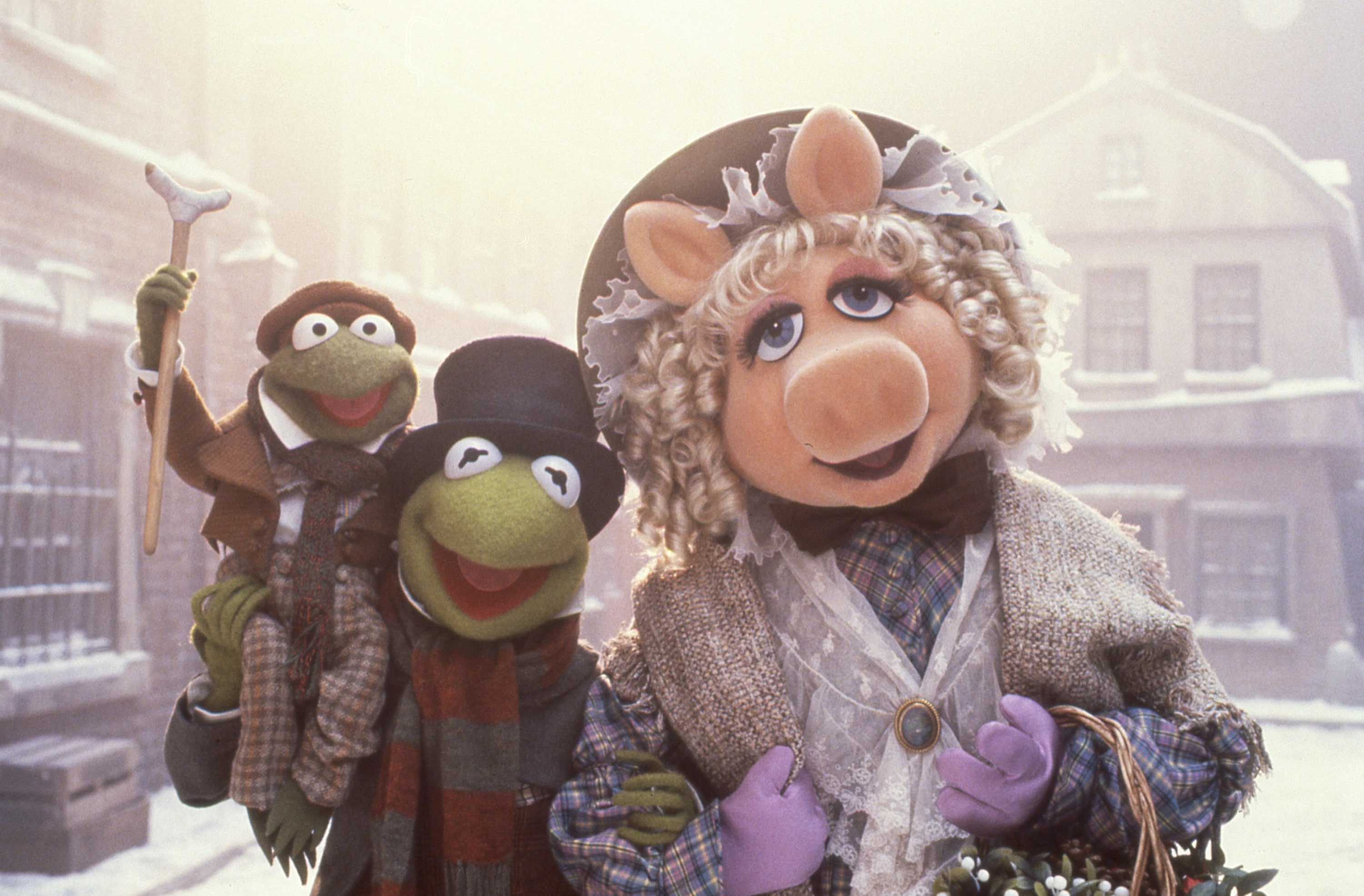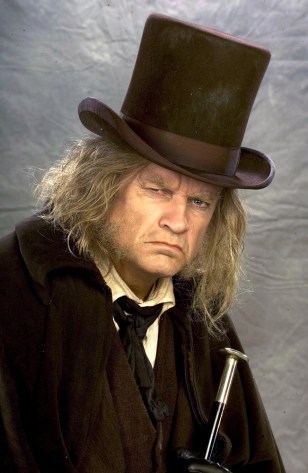Every year, my husband and I make a point of watching every version of A Christmas Carol we can lay our hands and eyes on. I'm confident that makes me an expert in the tale. “That's crazy,” I hear you say. “Once you've seen the story why see other versions?” Interestingly, they are all different.
 Take, for example, the two earliest versions, the ones you've seen while flipping through the channels trying to find the game. One features Reginald Owens as the miser Scrooge and the other, Alistair Sims. The Owens version was created in 1938, yet the film is clearer and the special affects are better than the Sims version, done in 1951. Of the two, the Owens version misses in a couple of marks. Firstly, Cratchit is fired (not in the Dickens tale) and, secondly, Scrooge is a bit “too happy” with the ghost of Christmas Present, making you wonder why the third haunting was at all necessary.
Take, for example, the two earliest versions, the ones you've seen while flipping through the channels trying to find the game. One features Reginald Owens as the miser Scrooge and the other, Alistair Sims. The Owens version was created in 1938, yet the film is clearer and the special affects are better than the Sims version, done in 1951. Of the two, the Owens version misses in a couple of marks. Firstly, Cratchit is fired (not in the Dickens tale) and, secondly, Scrooge is a bit “too happy” with the ghost of Christmas Present, making you wonder why the third haunting was at all necessary. When it comes to sticking to the story as Dickens wrote it, no version is better than the one featuring Patrick Stewart. Stewart already had an advantage as he used to do a one-man performance of A Christmas Carol, portraying all forty characters himself. The movie is almost scene for scene and word for word to the novella. My favorite part is after the ordeal Scrooge learns how to laugh again – brilliantly done, and makes me laugh every time I see it.
When it comes to sticking to the story as Dickens wrote it, no version is better than the one featuring Patrick Stewart. Stewart already had an advantage as he used to do a one-man performance of A Christmas Carol, portraying all forty characters himself. The movie is almost scene for scene and word for word to the novella. My favorite part is after the ordeal Scrooge learns how to laugh again – brilliantly done, and makes me laugh every time I see it.In A Muppet Christmas Carol, Kermit the Frog plays Bob Cratchit. After the loss of Tiny Tim (hey, that's pretty heavy for children, who are very likely to watch this version!) he gives a very moving, yet child-acceptable, speech before his Christmas dinner:
 It's all right, children. Life is made up of meetings and partings. That is the way of it. I am sure that we shall never forget Tiny Tim, or this first parting that there was among us.
It's all right, children. Life is made up of meetings and partings. That is the way of it. I am sure that we shall never forget Tiny Tim, or this first parting that there was among us.The only version that got “the message” right is the Kelsey Grammer version. Sure, you can't beat the big dance numbers and awesome costumes, but it genuinely exposes the reason for the change in Scrooge. When Scrooge sees his headstone, in an unloved and unvisited grave, he freaks out. “Oh, tell me I may sponge away the writing on this stone!” We are led to believe Scrooge doesn't want to die. But that wasn't Dickens's point. Scrooge wants it to change, not disappear. This version gets it right:
 At last I understand. Here lies Ebenezar Scrooge, the miser who died scorned and unmourned, having done no good, given no joy, kept no friends nor family on this earth.
At last I understand. Here lies Ebenezar Scrooge, the miser who died scorned and unmourned, having done no good, given no joy, kept no friends nor family on this earth.Honorable mentions go to:
- Scrooged, with Bill Murray – certainly the funniest
- Karroll's Christmas, with Wallace Shawn as the miser (not called Scrooge) and done from a completely different point-of-view, but fun. You can find it on Youtube.
- A Christmas Carol with Ross Kemp, a British version you'll never see here in America, but an awesome combination of the Dickens story with a little bit of Groundhog Day. Also, find it on Youtube.
Why A Christmas Carol? Interestingly, it's not about Christmas at all. It's a story of enlightenment. Consider, here's a miserable, angry, hateful man who gets a really lousy night's sleep and wakes up enlightened. He's happy. He's changed. He understands that he doesn't understand (Alistair Sims leaps around the room saying “I don't know anything!”).
Each and every time I witness that transformation, be it Muppet or man, real or cartoon, I cry with joy.

1 comment:
Not crazy! I love Christmas Carol, too. I watch everyone I trip over on tv, so I usually see it about three times. Hits all the versions at that rate over time. I love the Muppet one: Light the lamp, not the rat, Light the lamp, Not the rat!
Post a Comment